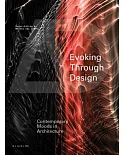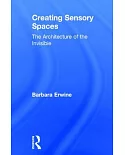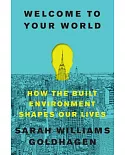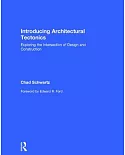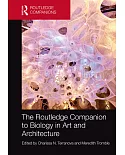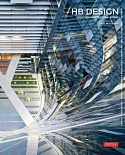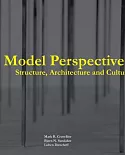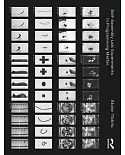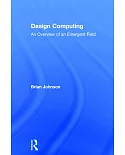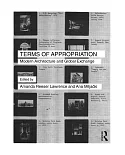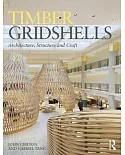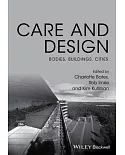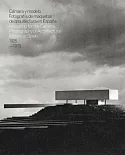Modern European architecture has been characterised by a strong undercurrent of rationalist thought. Rationalist Traces aims to examine this legacy by establishing a cross-section of
contemporary European architecture, placed in selected national contexts by critics including ��kos Morav�癒nszky and Josep Maria Montaner. Subsequent interviews discuss the theoretical
contributions of Giorgio Grassi and OM Ungers, and a survey of Max Dudler and De Architekten Cie.'s work sets out a consistency at one remove from avant-garde spectacle or everyday expediency.
In Germany Rationalism offers a considered representation of state institutions, while elsewhere outstanding work reveals different approaches to rationality in architecture often recalling
canonical Modernism or the 'Rational Architecture' of the later postwar period. Whether evident in patterns of thinking, a particular formal repertoire, a prevailing consistency or exemplified
in individual buildings, this relationship informs the mature work of Patrick Berger, Claus en Kaan Architecten, Carlos Ferrater, Cino Zucchi or Hans Kollhoff. The buildings and projects of a
younger generation - Javier Garc�簫a Solera, GWJ Architekten AG, biq, Andrea Bassi or Beniamino Servino - present a Rationalism less conditioned by a concern to promote a unifying aesthetic.
While often sharing a deliberate economy of means, or a sensual sobriety, they present a more oblique or distanced relationship with the defining work of the 20th century.



